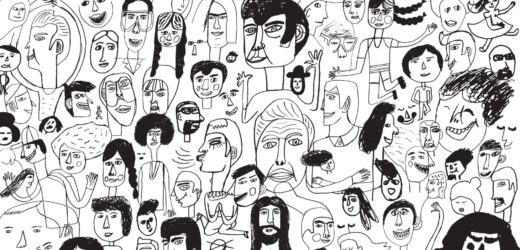Have you worked with students for months to create a learning community only to have the final interaction take place in a sterile room where students silently write and then slip out? An experience that is the antithesis of the relationship-rich interactions they encountered in the course? Perhaps you have experienced impersonal completions whereby students submit their final projects on an LMS link or under your office door, with no attention paid to the significance of what the learning community shared and created during your time together. More regrettably, students and faculty often end courses feeling tired, underappreciated, and sometimes even antagonistic, unable to acknowledge the growth that has occurred. How sad it would be if these were the impressions that lingered.
The Art of Ending Well

Related Articles
I have two loves: teaching and learning. Although I love them for different reasons, I’ve been passionate about...
Could doodles, sketches, and stick figures help to keep the college reading apocalypse at bay?...
We’ve all faced it: the daunting stack of student work, each submission representing hours of potential grading. The...
Storytelling is one of the most powerful means of communication as it can captivate the audience, improving retention...
For some of us, it takes some time to get into the swing of summer. Some of us...
About a year ago, I decided to combine the ideas of a syllabus activity and a get-to-know-students activity....
The use of AI in higher education is growing, but many faculty members are still looking for ways...








